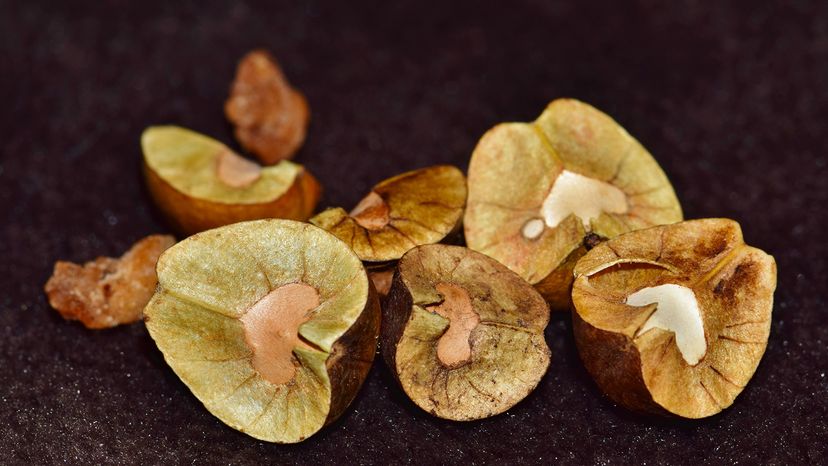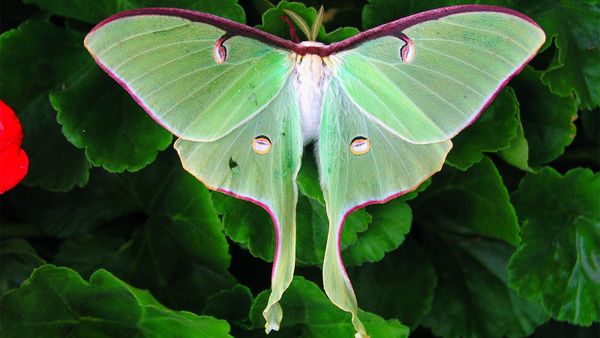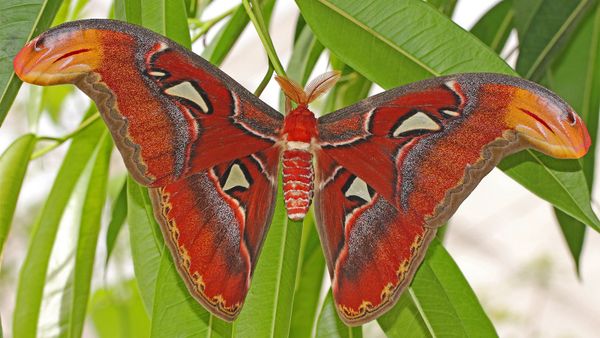Although there are several theories as to why Mexican jumping beans jump, most indicate that the movement is caused when the tiny larvae inside curl up and have spasms, hitting against the seed pod and causing the unpredictable “jumping” motion. The larvae can survive for months, periodically curling and uncurling and causing the bean to move. Some theories posit that, since high temperatures and direct sunlight can kill the larvae, the movement comes from the larvae attempting to move into a cooler position in order to survive long enough to reach the pupal stage.
After developing and jumping around for months, the moth larvae go dormant for a short time and begin spinning a cocoon inside the capsule. The larvae then undergo metamorphosis, and adult Cydia saltitans moths eventually emerge. The moths disappear into the desert, and the life cycle repeats itself, creating the next generation of Mexican jumping beans.



